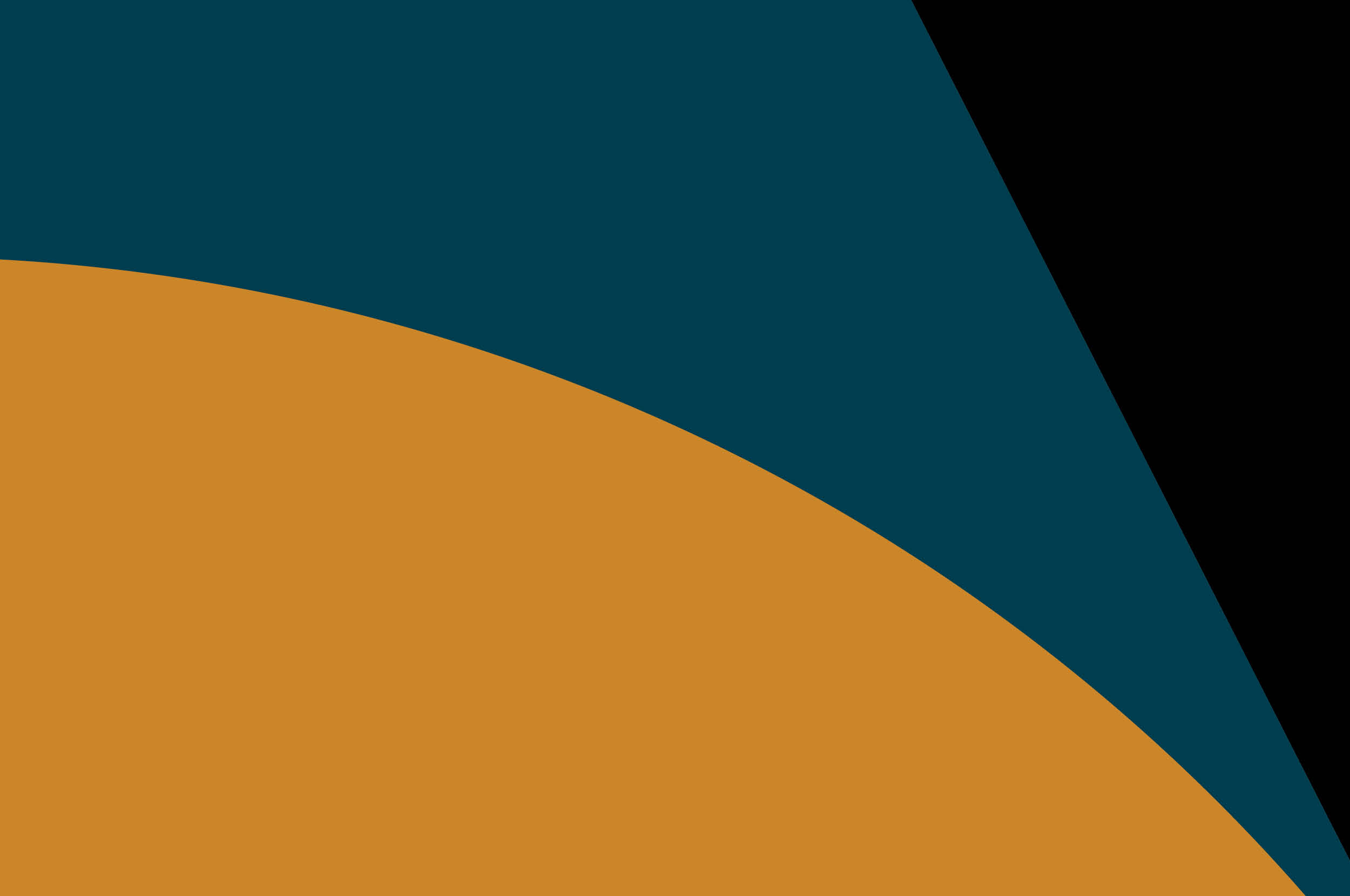The Technology Radar has reached its thirtieth volume. This is a major milestone: it’s a testament both to the enduring popularity of the Radar in the industry but also to Thoughtworks’ commitment to sharing knowledge.
But why has it endured? This is a question we don’t often get a chance to answer. Doing a new volume every six months means there is limited time for reflection on the bigger picture. So, perhaps volume 30 is as good an opportunity as we’ve ever had to take stock of where we are.
Taking stock of where we are
It’s apt that we should take stock, because, really, that’s what the Technology Radar helps technologists to do: take stock of what’s happening around them. It’s true that technology is changing rapidly but a mistake to think change is the same for everyone. In reality, every experience is unique; it always depends on what kind of projects you work on, what kind of industry you’re in, even the nature of your organization. This is one of the reasons why the Radar is particularly useful; it helps people gain a better sense of what’s going on in the wider world. And that’s very much part of what it means to be a technologist; staying on top of what’s new and what’s changing is as much a part of your job as sprint planning or writing code.
This isn’t to say that there’s a lack of information available. If anything, the opposite is true. From online communities to training courses, and from analyst reports to developer advocacy, the industry spends a significant amount of time, energy and money attempting to advise, guide and teach technologists to become ever more productive and effective. With all that in mind, maybe Thoughtworks publishing a Radar twice a year isn’t that remarkable.
However, I think there are two key things that make it stand out in a busy information ecosystem. First, it’s rooted in the experience of more than 10,000 Thoughtworkers around the world. They work in very different industries in very different regions but are united by the fact they are all solving complex challenges in often cutting-edge and innovative ways. You might even say that, ultimately, the Radar is simply the sum of our discussions about these experiences. True, this means it isn’t comprehensive or even objective in a strict sense (as if that would even be possible), but to my mind this is a benefit: it reflects what we think is interesting and worth talking about right now.

Second, not only is the Radar built on the foundations of real Thoughtworker experiences, it’s also broad. This isn’t a front end publication, a DevOps publication or an AI publication. Although volume 30 features a substantial number of AI blips, this is because the Radar reflects this growing trend or force in the industry, not because it is specifically targeting that part of the industry.
A broad view is, I would argue, really valuable for practitioners today. In a cultural atmosphere of specialization and personalization, giving readers the opportunity to look across a range of fields and disciplines is immensely important. Indeed, if the last decade is anything to go by, innovation and change is often driven by the cross-pollination of different areas — understanding the entire landscape, even those areas you think you’re unlikely to venture into, is extremely beneficial. Data mesh is a great example of this — it’s a practice that has an impact across a range of functions and job roles, ultimately providing organizations with a better way to leverage data.
A metaphor that stuck
The content of the Radar is always interesting, but that isn’t the only reason it has endured. I believe the radar metaphor itself, and the activities around it — mapping technologies and practices according to your experience with them — just makes sense to people. It’s a neat way of talking about the things we use and do. This is evidenced by the fact that we frequently help clients build their own radars. They find it to be a useful way of capturing their own capabilities and experiences to better understand their technology posture. This is becoming more and more important; although it’s long been said that every organization is a technology company, as organizations become mature and technology becomes embedded deeper and deeper in both what they do and how they do it, having a formal way to capture those elements is vital.
We certainly use the Radar in this way at Thoughtworks. Few people know this, but the Radar actually started life as an internal knowledge management tool — it’s sometimes easy to forget, but having become CTO last year, the value of this aspect of the Radar has only become more apparent. It really does help me understand what’s actually going on on the ground; it provides a way for me to see the challenges and opportunities that form the texture of practitioners' working lives.
Given our role as a technology partner for our clients, this isn’t just a nice to have: it’s at the core of our business. What we learn now may shape the thinking of thousands of organizations in the months and years to come. That’s exactly what happened with things like microservices and cloud; I’m confident it will happen again.
Aside from that, though, putting the Radar together is enormous fun. Talking about what we do and how we do it — and whether there’s a better way — is something I have loved since I first became a software developer. It’s a privilege and a pleasure to do it with some of the most experienced and insightful people in the industry; I hope we never stop.


















